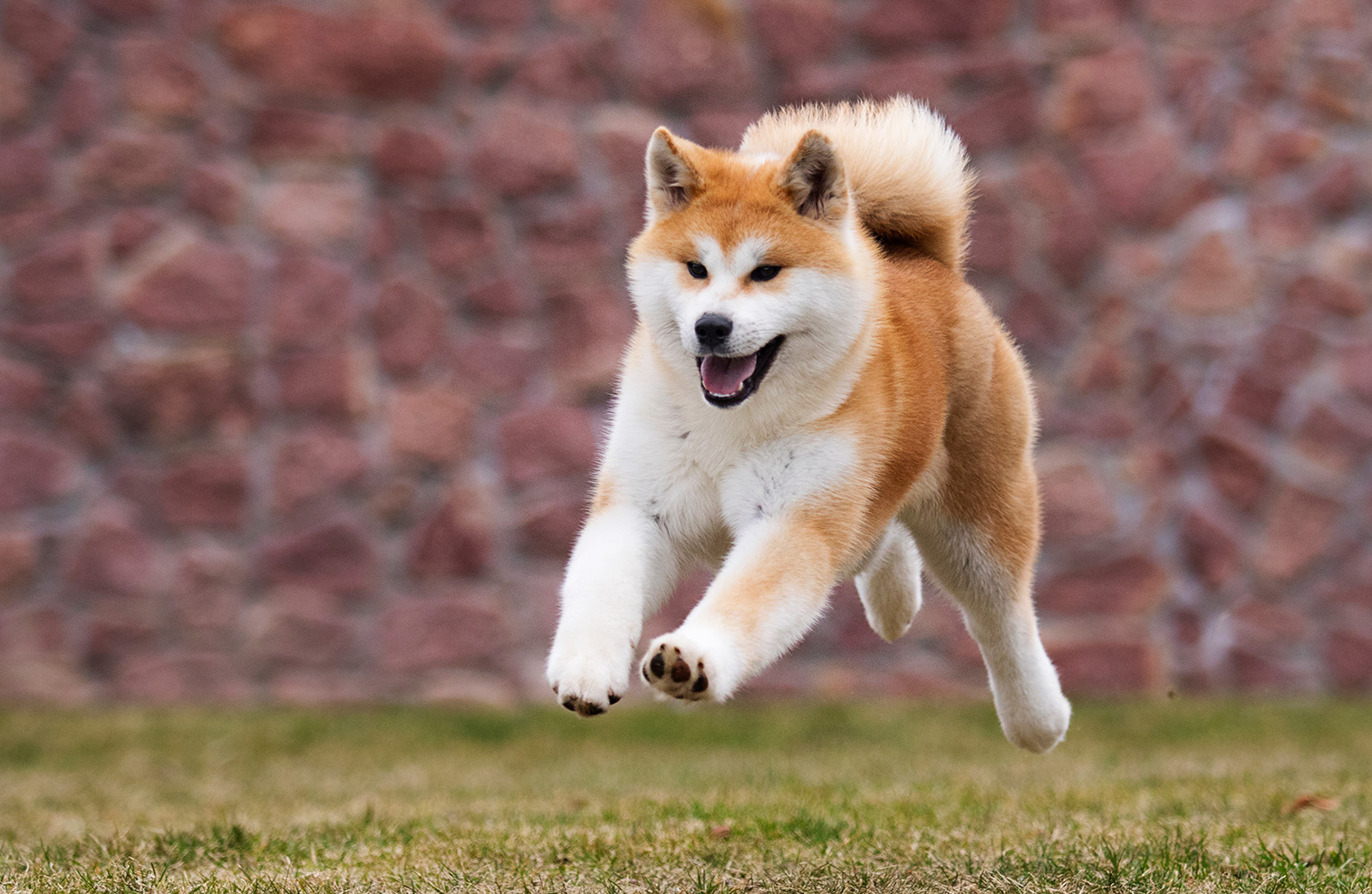Akita

Description
The Akita is a large, powerful, and noble dog breed originating from Japan, where it was traditionally used for hunting large game such as bears, boars, and deer. Known for its loyalty, courage, and strong protective instincts, the Akita has a dignified presence and is highly regarded as a family guardian.
Physically, the Akita is a well-muscled dog with a broad head, erect ears, and a thick double coat that can come in various colors, including white, brindle, and a range of solid colors like red or black. Their bushy tails curl over their backs, further adding to their majestic appearance.
Akitas are intelligent and independent, which can sometimes make them a challenge to train, as they may be stubborn or aloof with strangers. However, they are generally very loyal to their families and protective of their loved ones. Early socialization and consistent, positive reinforcement are important for managing their temperament.
While Akitas are often good with children and can form close bonds with their family members, they may not always get along well with other animals, especially smaller dogs or pets. This breed has a strong prey drive and may be territorial, so supervision is advised in multi-pet households.
Due to their size and strength, Akitas require regular exercise to stay healthy and content, but they are typically calm and composed when indoors. Overall, the Akita is a devoted and courageous companion for experienced dog owners who can provide them with proper training, socialization, and care.
History
The Akita is a noble and ancient breed that originated in Japan, specifically in the Akita Prefecture on the island of Honshu. Its history dates back more than a thousand years, where it was revered as a versatile working dog, hunter, and loyal companion. Initially bred to hunt large game such as bears, wild boars, and deer, the Akita's strength, courage, and resilience were highly valued in the rugged mountainous terrain of its homeland. The breed's historical roots are closely tied to Japan's feudal era, during which it was often associated with the samurai class and considered a symbol of loyalty and protection.
During the 17th century, the Akita was further developed under the patronage of the ruling shogunate, who sought to refine the breed's size, strength, and temperament. Akitas were highly prized and often owned exclusively by nobility. They were trained not only as hunters but also as guard dogs and companions for Japanese aristocrats. The breed was so esteemed that special ceremonies were held to mark important moments in an Akita's life, and ownership was considered a sign of prestige.
The Akita faced challenges during the early 20th century, particularly during World War II, when many dogs were either conscripted for military use or euthanized due to food shortages. To preserve the breed, some breeders secretly crossbred Akitas with other dogs, including German Shepherds, to ensure their survival. After the war, efforts to restore the Akita's original traits intensified, particularly with the establishment of preservation programs in Japan. Around the same time, Akitas were introduced to the United States, most famously by Helen Keller, who brought the first Akita to America in 1937 as a gift from the Japanese government.
Today, two distinct strains of Akitas exist: the Japanese Akita Inu, which retains the breed's traditional appearance and is recognized for its fox-like features, and the American Akita, which is larger and more robust, reflecting its mixed lineage. Both versions of the breed are celebrated for their loyalty, dignity, and protective nature. The Akita remains a cherished symbol of devotion and strength, epitomized by the story of Hachikō, the faithful Akita who waited for his deceased owner at a Tokyo train station for nearly a decade, capturing the hearts of people worldwide.
Colors
• Brindle
• Red
• Red Fawn
• Sesame
• White


